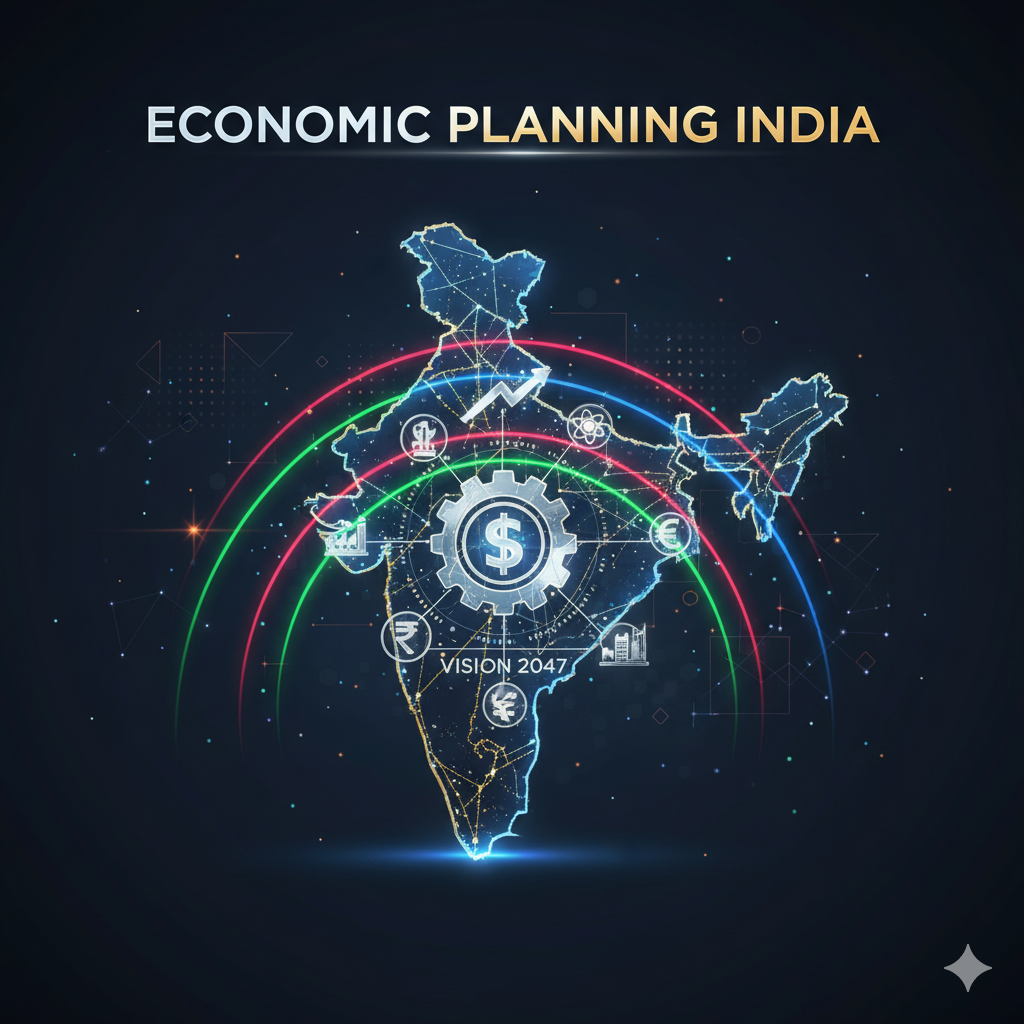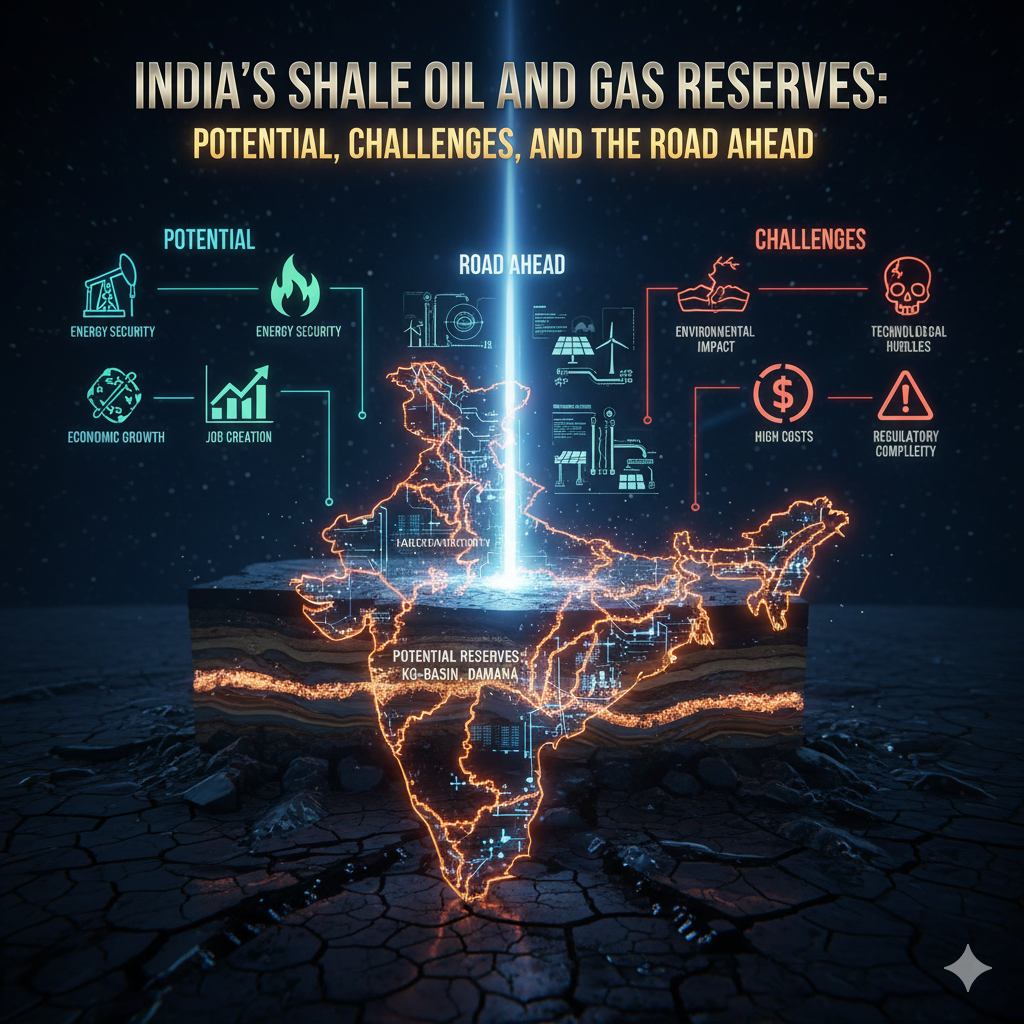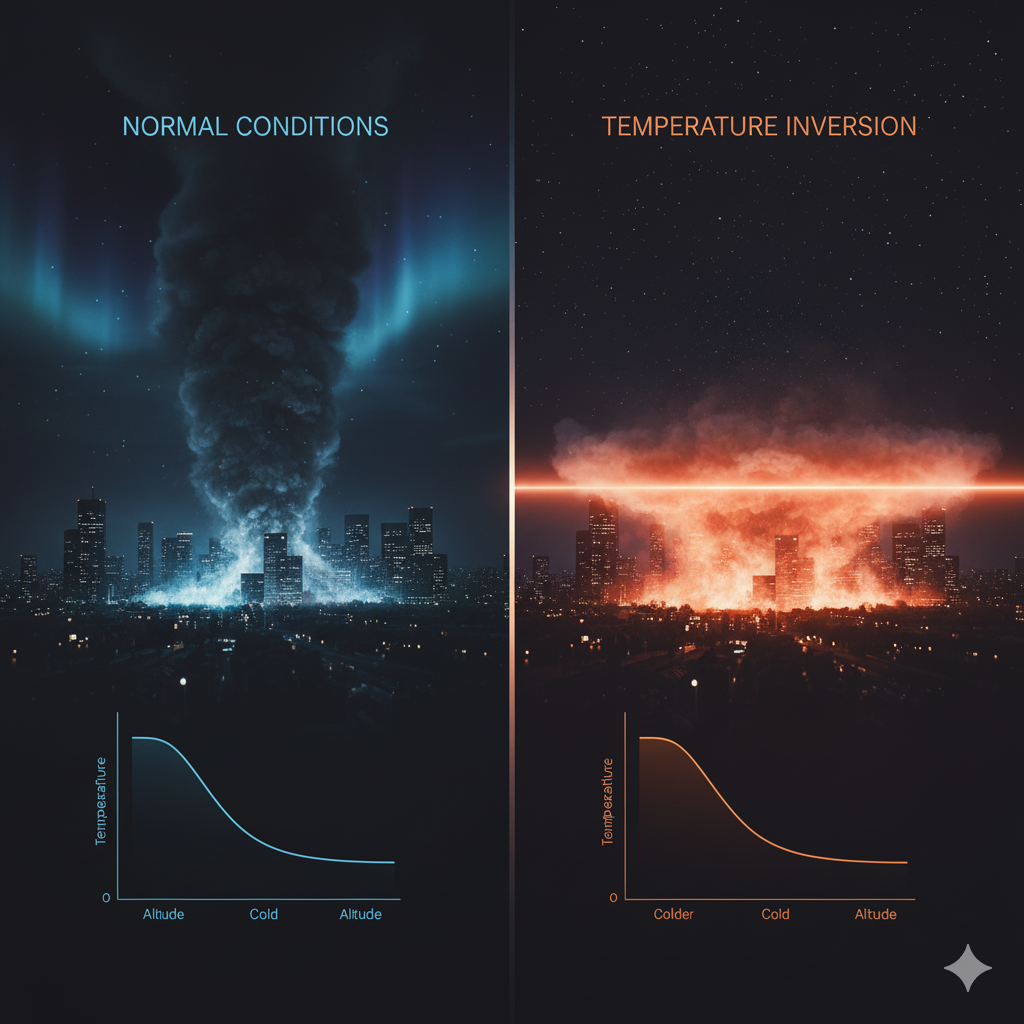Glaciers, massive rivers of ice that slowly move across landscapes, have long been considered symbols of timeless natural beauty. However, with the accelerating effects of climate change, glaciers around the world are melting at an alarming rate. While their retreat may seem like a distant or localized environmental issue, the consequences of melting glaciers extend far beyond the polar regions. This article explores the dangers posed by the melting glaciers and their significant, often catastrophic, impact on humanity.
1. Introduction to Glaciers and Climate Change
Glaciers are formed over thousands of years when snow accumulates in regions where the rate of snowfall exceeds the rate of melting. These glaciers serve as natural reservoirs of freshwater, slowly releasing water into rivers and lakes as they melt, ensuring a steady supply for ecosystems, agriculture, and human consumption.
However, global warming due to human activities, primarily the burning of fossil fuels, has led to the accelerated melting of glaciers. Rising global temperatures cause glaciers to melt faster than they can accumulate new ice, which has far-reaching implications for the environment and society.
2. The Primary Causes of Glacier Melting
The primary driver of glacier melt is global warming, which is intensifying at a pace unprecedented in human history. The main contributors include:
- Rising Global Temperatures: Over the past century, global temperatures have increased by approximately 1.1°C, with significant regional variations. The Arctic region has experienced warming more than twice as fast as the global average, resulting in the accelerated melting of glaciers and sea ice.
- Human Activities: The burning of fossil fuels, deforestation, and industrial processes have increased the concentration of greenhouse gases (GHGs) in the atmosphere, primarily carbon dioxide (CO2) and methane (CH4). These gases trap heat and contribute to the warming of the Earth’s surface.
- Black Carbon and Aerosols: Particles such as soot, which are released into the atmosphere from burning biomass and fossil fuels, can land on glaciers and absorb more sunlight, accelerating the melting process.
3. Global Effects of Melting Glaciers
The consequences of melting glaciers are far-reaching, affecting ecosystems, human societies, and the climate system itself. Some of the primary dangers include:
a) Rising Sea Levels
Perhaps the most direct and impactful consequence of glacier melt is the rise in global sea levels.
- Contribution of Glaciers to Sea Level Rise: While the majority of sea level rise comes from the melting of ice sheets in Greenland and Antarctica, glaciers around the world also contribute significantly. It is estimated that glaciers worldwide are responsible for approximately one-third of current sea level rise.
- Impacts on Coastal Communities: Rising sea levels are a threat to millions of people living in low-lying coastal regions. Major cities, including New York, Mumbai, and Jakarta, face increased risk of flooding, storm surges, and even eventual displacement. Small island nations such as the Maldives are at risk of becoming uninhabitable due to rising waters.
b) Water Scarcity
Glaciers are a critical source of freshwater, especially in regions that rely on meltwater for drinking, agriculture, and industry. With the accelerated melting of glaciers, the steady flow of meltwater is disrupted, leading to severe water shortages.
- Impact on Agriculture: Regions that depend on glacier-fed rivers for irrigation, such as parts of South Asia and the Andes, will see decreasing water availability during crucial growing seasons. This could lead to crop failures and food shortages.
- Impact on Drinking Water: In countries like Nepal, Pakistan, and Peru, where glaciers provide a significant portion of drinking water, the reduced glacier volume could threaten the availability of clean water, leading to potential conflicts and hardships.
c) Loss of Biodiversity
Glaciers play a crucial role in maintaining ecosystems in cold environments. As glaciers melt, ecosystems that depend on them are being destabilized.
- Habitat Loss for Cold-Adapted Species: Many species, such as polar bears, penguins, and various mountain flora and fauna, depend on the cold, stable conditions provided by glaciers and ice sheets. As their habitats shrink or disappear, these species face the threat of extinction.
- Changes in River Ecosystems: The influx of freshwater from melting glaciers alters river systems, leading to changes in water temperatures and salinity. This can disrupt ecosystems, affecting fish populations and other aquatic life.
d) Increased Natural Disasters
The rapid melting of glaciers leads to various types of natural disasters that pose significant dangers to human populations.
- Glacial Lake Outburst Floods (GLOFs): As glaciers melt, they form lakes of water behind them, often trapped by unstable moraines (mounds of debris left by glaciers). When these lakes burst, they release enormous amounts of water downstream, leading to catastrophic flooding. GLOFs have already caused significant damage in countries like Nepal, Pakistan, and India.
- Landslides and Rockfalls: The melting of glaciers destabilizes mountains, causing landslides, rockfalls, and avalanches. This is particularly dangerous in regions like the Himalayas and the Andes, where many communities live in the proximity of mountain ranges.
4. The Economic and Social Impact
The effects of melting glaciers are not limited to environmental hazards—they also present significant economic challenges.
a) Economic Losses in Agriculture and Industry
Countries that rely heavily on glacier-fed rivers for irrigation and hydropower generation will face economic challenges as water availability decreases.
- Agricultural Decline: Reduced access to water for irrigation could reduce agricultural productivity, leading to food shortages, price increases, and economic instability, especially in developing countries. For example, South Asia’s “water tower,” the Himalayan glaciers, are vital for the region’s rice, wheat, and other crop production.
- Hydropower Losses: Many countries rely on glacier-fed rivers for hydropower. As glaciers shrink, power generation capacity decreases, leading to energy shortages, higher electricity prices, and potential conflicts over water use.
b) Displacement of Populations
Glacier melting exacerbates displacement due to rising sea levels and extreme weather events.
- Climate Refugees: Millions of people, particularly in low-lying coastal areas and regions prone to natural disasters, are at risk of displacement. This has already led to “climate refugees,” whose migration could strain resources in more stable areas, potentially leading to social tensions.
- Conflict and Migration: Water shortages and displacement from climate-related events can spark conflict over scarce resources. For example, tensions have already arisen in regions where access to water from shrinking glaciers has led to disputes between communities or nations.
5. What Can Be Done to Mitigate Glacier Melting?
While the melting of glaciers is a complex, long-term challenge, there are several strategies that can help mitigate its impacts and reduce its rate.
a) Reducing Greenhouse Gas Emissions
The primary driver of glacier melt is climate change, which is caused by the accumulation of greenhouse gases in the atmosphere. Reducing emissions through:
- Transitioning to Renewable Energy: Reducing our reliance on fossil fuels by adopting solar, wind, and other renewable energy sources can significantly slow the rate of global warming and, by extension, glacier melt.
- Carbon Sequestration: Investing in technologies and natural processes that capture and store carbon, such as afforestation and reforestation, can help reduce the amount of carbon in the atmosphere.
b) Promoting Sustainable Water Management
To address the impact on freshwater supplies:
- Water Conservation: Implementing more efficient water use practices, such as drip irrigation and rainwater harvesting, can help conserve water resources, especially in regions that rely on glaciers.
- Water Storage: Building reservoirs and infrastructure to capture and store seasonal meltwater can help mitigate water shortages in areas affected by glacier loss.
c) Resilience Building for Communities
Governments and international organizations must prioritize resilience-building efforts in communities most affected by glacier melt.
- Climate Adaptation: Investing in adaptive infrastructure, such as flood defenses and early warning systems for natural disasters, can reduce the vulnerability of communities to glacier-related hazards.
- Migration Support: For communities at extreme risk, governments should create policies that allow for safe and planned migration to reduce the burden on receiving regions and ensure the dignity and safety of displaced populations.
6. Conclusion
The rapid melting of glaciers is one of the most pressing challenges of our time. It threatens not only ecosystems but also human survival by exacerbating water scarcity, increasing the frequency of natural disasters, and contributing to global sea-level rise. If left unaddressed, these impacts will worsen in the coming decades, creating widespread economic, social, and environmental challenges.
To mitigate these risks, urgent action is needed to curb global warming, conserve water resources, and prepare communities for the inevitable changes. The survival of glaciers—and the human populations that depend on them—depends on our collective will to take responsibility for the planet’s health and the future of humanity.




